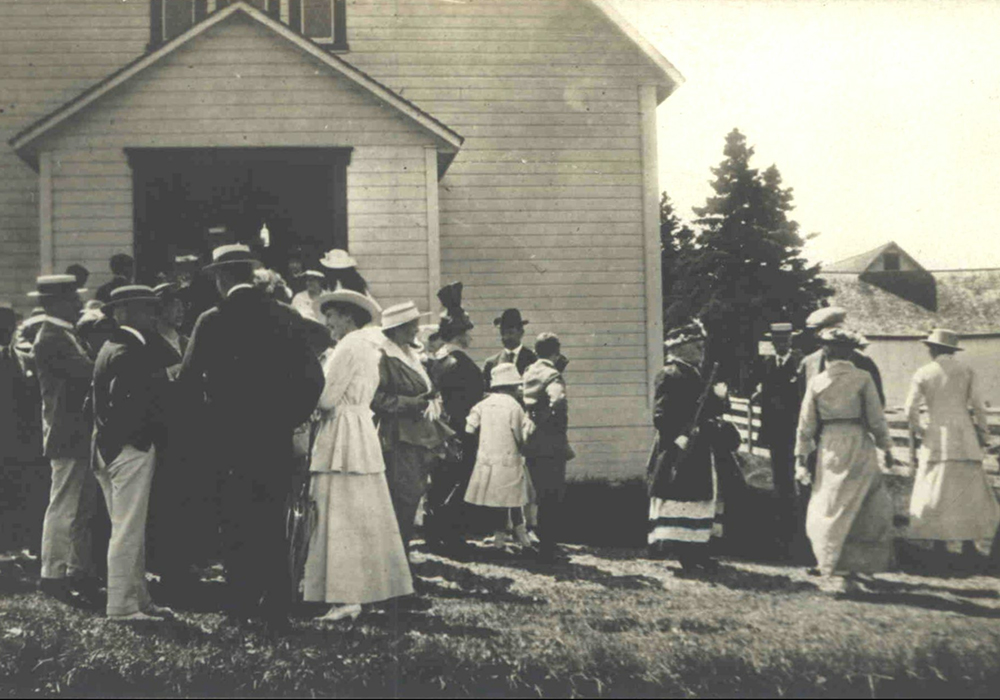
From 1912 to 1954, Medalta Potteries Limited in Medicine Hat, Alberta was one of Canada’s largest pottery producers, turning out sturdy hotel dinnerware, kitchen ware and china souvenirs that are still highly prized today as collectibles. Medalta’s achievement is all the more remarkable given the lack of clay suitable for pottery making in the Medicine Hat area. Clay had to be imported from Saskatchewan but the area’s abundant supply of cheap fuel, easy access to the Canadian Pacific Railway, low taxes and affordable land made pottery production an attractive, and profitable, investment.
Medalta’s pottery factory provided consistent employment for residents of “The Hat,” especially when the economy was robust. At its most productive the factory’s payroll topped 300, mostly unskilled workers trained on the job who earned from 40 to 50 cents an hour. Some were as young as 14 years of age, fresh off the farm or from school. Some needed to bring in an additional income to their families. Old or young, those from a rural background frequently returned to their farms during production lulls.
Only a few skilled employees worked at Medalta but they were key to the factory’s pottery production. Jesse William Wyatt, plant superintendent from 1924 to 1931, and Tom Hulme, head of the art department both had backgrounds in ceramic and art training in England. Ceramic and chemical engineers such as Karl Baumler from Germany and Ed Phillipson from Saskatchewan were also highly trained.
All together, they toiled in a very active industry that, relative to the size of the small community, supplied a disproportionate amount of ceramic ware to the rest of Canada and abroad. Medalta stoneware items such as crocks continue to be in demand today, not only as collectors’ items but in contemporary kitchens. The company’s hard-wearing hotel and restaurant dinner ware is still sometimes used in eateries. Pieces such as a simple measuring cup given away to customers at Christmas or a mass produced vase embossed with a Dutch boy and girl motif have become highly prized and valuable artefacts.
This Community Stories exhibit is a celebration of the work of Tom Hulme and two of the women, Rose Marie Stickle and Engilena Stappler, who worked with him in Medalta’s art department during the 1940s and 50s.

